Facts and History of Hockey Game
Written by Manya Pandey, a first-year undergraduate student.
Do you know the history of hockey dates back 4000 years?
Do you know the history of hockey dates back 4000 years?
It is seen in ancient tombs that feature carvings of teams tossing around a ball with hooked sticks.
Here’s all about Hockey
Hockey is actually an umbrella term used to denote various outdoor sports played with a crooked stick and a projectile but lately, it has become more commonly associated with summer hockey.
The name itself is probably derived from a French word for a shepherd’s stave (kind of a wooden stick), “hoquet” and rightly so because the curved ends of the hockey sticks resemble these staves.
In a way, there are – several variants of hockey, such as “field hockey”, “ice hockey”, “roller hockey”, “rink hockey”, or “floor hockey”. Some of these games are played on grass fields while others make use of wheeled, or bladed skates. It’s bizarre to imagine how the game Egyptians played 4 thousand years ago has become a National sport and emblem of various countries including India, and Canada (ice hockey).
The game can also be traced back to 1527 in Scotland where it was termed as ‘hokie’.
A quick look at how to play Hockey
The game is played in two teams with 11 players each, covering 10 field players and 1 goalkeeper.
In classic sports fashion, hockey matches begin with a toss, and the teams either get to pass first or defend. Professionally a game is played in two halves of 35 minutes each.
The defending team chooses a particular end of the field. The players taking the centre pass can only stand in the chosen half of the field while their team members stay alert in the defending circle awaiting an attack.
More about how to play hockey -in a later section.
Why play hockey?
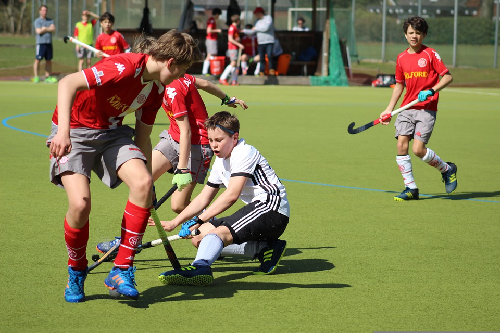
Hockey in all its variations is an intense and exciting sport. It’s a good workout for the body but an even better method to teach youngsters, some precious lessons on how teamwork and cooperation are all it takes to succeed.
It’s a fast-paced game and field hockey has a special rule where defenders have to stand their position within the defence circle awaiting the attack with utmost patience and accuracy.
All in all, there is a lot to unpack in the game so in the next segments we’ll be discussing:
- A short history of Hockey
- Founder of Hockey
- Facts about Hockey
History Of Hockey
Carvings of what looks like a hockey match have been found in Egyptian tombs dating over 4000-year-old. References to games played using crooked sticks have also been found in old Ireland and there was a similar game that existed long ago in Ancient Greece, named kerētízein.
It was played with a horn-like stick or sometimes using an actual horn, as it is. But modern variants of field hockey only came into light during the 19th century.
Also Read: Facts about Cricket
The first written mention
Lord Lytton, a writer, and politician based out of London wrote about hockey as a retarded game being played by some rare school children in the 19 century, that was the first mention of a game that bore some- resemblance to modern hockey.
Around the same timeline, in 1870, members of the Teddington cricket club, were looking for a winter activity and stumbled across this game and thus began – a new chapter in the history of hockey.
Members of this cricket club began experimenting with this ‘stick’ game, based loosely on the rules of association football. Football rules to a hockey game sound bizarre but they rolled with it and played the newly found game on their cricket pitch – using a cricket ball.
Hockey on cricket balls
The history of hockey advanced speedily on cricket fields and with crickets balls and shortly-, within 4 years, the Teddington cricket association drew up the first ever rules for the game and banned the raising of the hockey stick above shoulder height, a rule which still -holds pride in the play. Another rule they devised, which is still a part of the gameplay, was that a shot at a goal must take place within the semi-circle in front of it.
The first hockey association was formed in 1886 by seven London clubs and some newer rules sprang up and the number of players was limited to eleven, another practice that continued through the years.
How Hockey became a Global Phenomenon
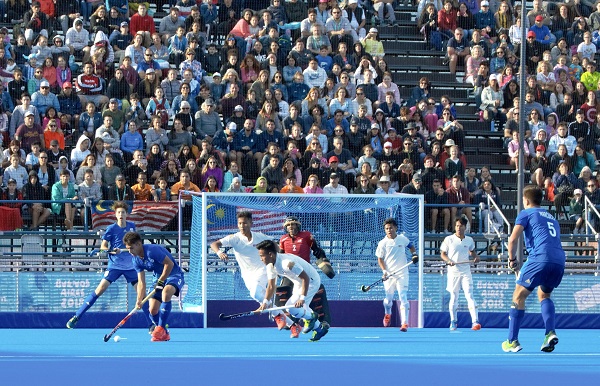
commons.wikimedia.org/w/index.php?curid=75142522
The game spread throughout the British Empire in the 19th century largely due to the British Army. This surge in fame led to the first international competition in 1895 and resulted in the formation of the International Rules Board.
Hockey, thus, made its first appearance at the Olympic Games as a men’s competition at the 1908 Olympic Games in London, with only three teams: England, Ireland, and Scotland.
Soon after, men’s hockey became a permanent fixture at the Olympics during the 1928 Olympic Games, at Amsterdam and this opened another chapter in the short history of hockey.
The game came to India with some British servicemen, and the first clubs formed in Calcutta in 1885. National competitions like the Beighton Cup in Calcutta and the Aga Khan tournament in Bombay popularised the sport further.
The Indian Hockey Federation ( IHF ) was formed in 1925 organised its first international tour in 1926 to New Zealand, where the Indian hockey men’s team played 21 matches and won 18. The tournament saw the emergence of ‘The Magician’, one of the greatest hockey players ever, Major Dhyanchand
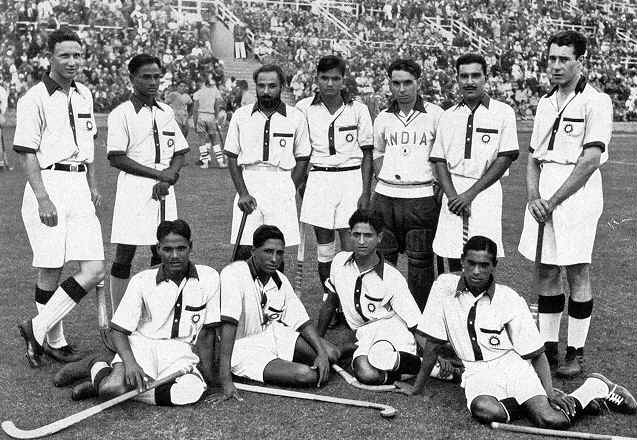
India’s field hockey team in Berlin in 1936 won the gold medal. Dhyan Chand was the captain.
He is standing second from left
The nation entered the Olympic Games in 1928 and landed sweeping victory in all five of its games without conceding a goal, scoring 29 goals with Dhyan Chand scoring 14 of them. Imagine winning gold in its first attempt!
The hockey wizard contributed to the grand success of the hockey team as it won two more gold medals in 1932 and 1936, completing a hat-trick of Olympic hockey golds. Finally, he was made captain in 1936 in what would prove to be his final Olympic Games.
When the Olympics returned after World War II, in 1948, Major Dhyan Chand had retired, luckily India found a new genius in the legendary Balbir Singh Sras he steered them to the second hat-trick of Olympic gold medals in 1948, 1952, and 1956.
Pakistan halted India’s gold run at the 1960 Rome Olympics but India won the gold at Tokyo 1964. India’s performance in the sport started weakening after that and it could only manage a bronze in Mexico in 1968. Finally, the men’s team won their eighth Olympic gold in Moscow in 1980. Here’s hoping the golden years return soon.
Synthetic grass era
Earlier the games were played on natural grass fields but the heavy turf made the ball slower. A major shift was brought to the history of hockey in the early 1970s when “synthetic grass” mats began to be used for hockey. This switch resulted in considerable quickness in pace and the Olympic Games caught the trend and synthetic pitches are now mandatory for all international tournaments and most national competitions.
While hockey is still played on grass fields at some local levels and lesser national divisions. The introduction of plastic surfaces has changed the game. New tactics and new techniques (such as the Indian dribble) have sprung up and so new rules have been introduced to control these new techniques. That was the short history of hockey concerning the synthetic revolution.
Founder of Hockey
Hockey developed into a globally loved sport with the collective efforts of many so there can’t be one founder of hockey and there isn’t.
Some widely credited men include Paul Léautey, the French man under whose initiative the International Hockey Federation was founded in Paris. Known as FIH, is an internationally significant organisation that governs outdoor and indoor field hockey).
The founding members were Austria, Belgium, Czechoslovakia, France, Hungary, Spain, and Switzerland. The development of this federation owes a lot of credit to Réné George Frank.
Similarly James George Aylwin Creighton, a Canadian is widely accredited as the father of ice hockey. He earned the popular title by organising the first recorded indoor ice hockey match in Canada, in 1875.
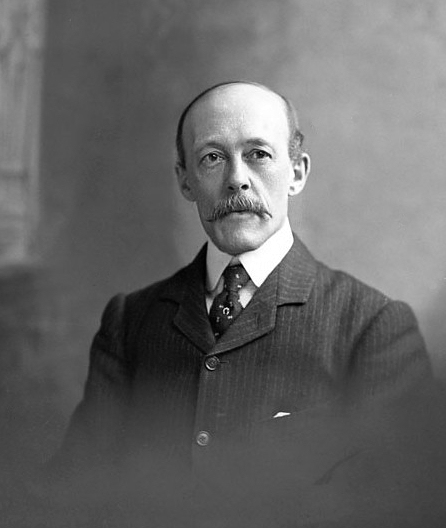
Women in Hockey
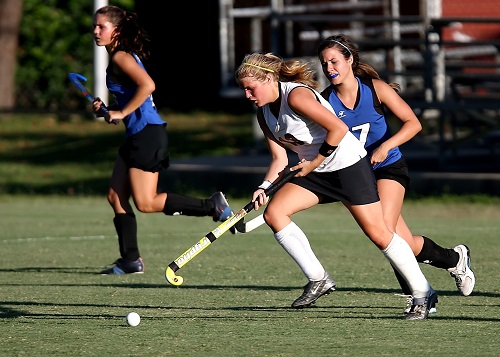
Hockey was not particularly inclusive for women until the first national association, the Irish Ladies Hockey Union in 1894 took representation reigns into its own hands.
Hockey matches were first held in British universities and were already played, but intervention at a national level, called for global heads to step up to their responsibilities and the International Federation of Women’s Hockey Associations (IFWHA) was created in 1921 which later merged with the international federation of hockey(or men’s hockey) in 1980.
Performance of the Indian women’s hockey team viz a viz the Indian men’s hockey team

The Indian women’s hockey team made its first appearance in international competition at the inaugural women’s Hockey World Cup in 1974, finishing a creditable fourth.
At the 1982 Asian Games in New Delhi, women’s hockey was played for the first time, the women’s Indian hockey team clinched a historic gold at home while the men’s team won silver.
The women’s Indian hockey team went on to win gold at the 2002 Commonwealth Games, an edition where the men were unable to qualify. The women then won silver in the 2006 edition, as the men could only manage sixth place, and bronze at the 2006 Asian Games. Indian hockey team, over years, hasn’t performed well but thankfully it is now in a position to reclaim the glory of old.
That was a short history of hockey explaining how women got their stadiums.
Next up are some interesting facts about hockey.
Facts About Hockey
1. For starters, did you know, the first ice hockey pucks (discs) were made from frozen cow dung and leather liver pads and only lasted for one game till they became either too soggy or too hard to hold?
2. Sticks with an aluminum core are prohibited in stadiums due to the danger they pose when broken.
3. The Guinness record for the fastest swing speed in any sport belongs to men’s hockey at 103 miles per hour.
4. India owns the highest number of gold medals by any team in field hockey – with six of them being consecutive wins between 1928-1956.
5. After football/soccer, hockey is the second most played sport in -the world.
6. Field hockey can be played in two ways – indoor and outdoor. Everything is pretty much the same in both, except that -outdoor hockey is played with 11 players per team and indoor hockey is played with 5 players.
7. Field hockey was first played in the Olympics in 1908. Later in 1928, It became a regular event.
8. The British Army helped popularise field hockey throughout the British Empire, which explains its popularity in India, Pakistan, Australia, and New Zealand.
9. The Hockey Hall of Fame is located in Toronto, Ontario.
10. Ice hockey was first played as an indoor game in Montreal, Canada on 3 March 1975.
How to Play Hockey
The simple aim of the game is to score more goals than the opposite team before time runs out and so the players need to have very delicate control over the ball.
Did you know that the front face of the hockey stick is curved while the back side of it is relatively flat? What’s more – the ball can not touch the flatter side during a match. Imagine how hard it must be. There are even more difficult rules but not following them gets you a foul ticket and may even land your opponents a free hit!
Read on.
Fun rules and regulations in hockey
1. All hockey players can only pass or dribble the ball with their stick and hit it towards the opposite goal.
2. To score a goal, players can only take a shot from inside the striking circle(it’s a semicircular line near the goals on both ends of the court)
3. So in short, goals can only be scored from inside the striking circle and any ball from outside the circle is not counted.
4. A free hit is awarded to a team if the opposing team commits a foul outside the circle.
Did you know that during a free hit, the opponents have to stand at least five metres away from the ball? Interesting, right?
5. A penalty corner is awarded to the opposition when a player commits a foul within the striking circle but it doesn’t always mean losing a point.
Fun fact– The most commonly accounted cause for a penalty corner is the ball touching a player’s feet inside the striking circle.
What happens during a penalty corner?
During a penalty corner, the ball is placed around 10 meters away from the goalpost and no defending player stands inside the striking ring.
These are all the facts about hockey you will need to know. Share it with someone who loves the sport!
Read: Interesting Facts About the New Seven Wonders of the World

I Kid You Not now has a large readership across India and also parts of the world. If you want to write for us, you can submit your story here. You can also apply to become a news anchor. Apply here



Comments